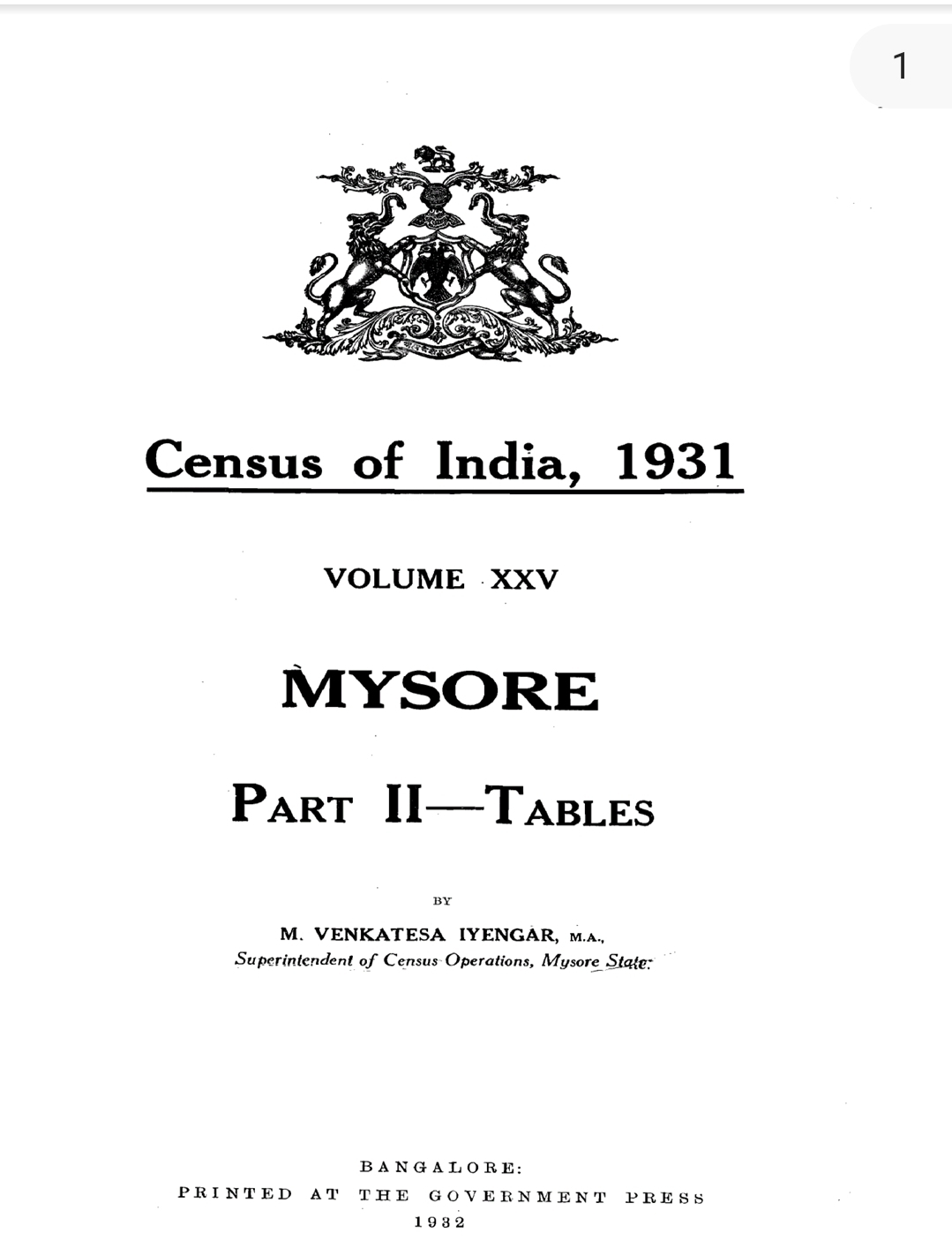Tales of Weaves.
There are five major parameters of a fabric structure which govern the properties of the fabric – type of fibre, linear, density of yarn, epi x ppi (twist of the yarn) and fabric weave.
Weaving is the critical process that turns a raw material such as cotton or silk and its yarn into a fabric that can be made into useful products such sarees, dress material and bed sheets, etc.
Without weaving, all there is are strands of yarn which do not achieve any practical purpose by themselves.
Have you ever stopped to wonder how the clothes you’re wearing right now, that much-loved t-shirt or new pair of jeans, were made? Most of us don’t consider the intricacies of the textile industry, but the history of clothing and cloth production spins a rich and colourful tale that should be in everyone's repertoire.
With that in mind, I will take you back to basics by shedding some light on the history of weaves and looms
The weave of a fabric depends on its end use, which impacts the functional and aesthetic properties of the fabric to a greater extent.
Therefore a coherent design of a fabric involves understanding of correlation between fabric structure and its functional as well as aesthetic properties.
The weave on loom is similar to alphabets of a language,the right combination would give a award winning novel or a priceless sari.
The woven fabrics are formed by interlacing two orthogonal sets of yarns; warp yarns that are vertically arranged and weft yarns that are horizontally placed. While all weave structures are created from a binary system (that is a warp yarn is over or under a weft yarn at the crossover areas), infinite number of weaves can be formed.
The distribution of interlacement is known as weave design or pattern. Three types of weaves: plain, twill, and satin.
The manner in which the yarns are interlaced determines the type of weave. The yarn count and number of warp and filling yarns to the square inch determine the closeness or looseness of a weave.
These basic weaves are characterized by their simplicity, small size, ease of formation, and recognition. However, they form the base for creating any complex/intricate structures (such as multi-layer fabrics and pile weave structures) and weaves with extremely large patterns that are known as Jacquard designs.
Different Types of fabric weaves:
1 Plain weave
2 Rib weave
3 Basket weave
4 Twill Weave
5 Herringbone weave
6 Satin weave
7 Sateen weave
8 Leno weave
9 Oxford Weave
10 Bedford cord weave
11 Waffle Weave
12 Pile weave
13 Jacquard weave
14 Dobby weave
15 Crepe weave
16 Lappet weave
17 Tapestry Weave
18 Striped weaves
19 Checquered weaves
20 Double cloth weave
There are numerous ways to classify and apprising fabrics. Begin by determining the fiber content or composition: is it cotton, silk,polyester, or blend? Fibers are either synthetic(man-made) or natural. A fiber is the smallest visible unit of any textile product. Fibers are flexible and may be spun into yarn and made into fabrics. This information is labeled on all garments.
There are three types of fabric- knits, woven and non-woven.
1.Products made from woven fabrics, Products that you don’t want to lose their shape by stretching
Sarees
Curtains
Dress pants
Dress shirts
Towels
2.Products made from Non-Woven fabrics:
Often used to make disposable items such as surgical masks or menstrual hygiene products
Cleaning cloths such as Jeye Cloths
Support or strengthening for garments – interfacing, bondaweb
Children’s toys – Fuzzy Felt, Finger puppets.
3.Products made from knitted fabrics:
Products that you want to stretch and have some give
Used for casual wear, activewear, and form-fitting clothing
T-shirts
Sweatpants & sweatshirts
"A good life is like a weaving. Energy is created in the tension. The struggle, the pull and tug are everything."
Compiled by
GaviRangappa S P
Devanga's Vidhana.
Jai Devanga.





Comments
Post a Comment